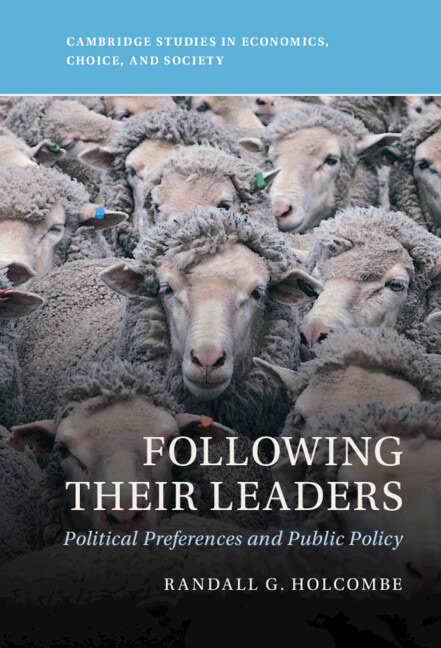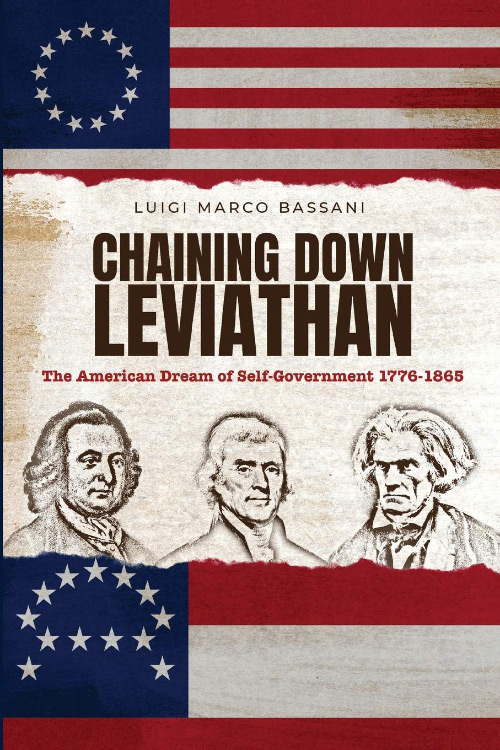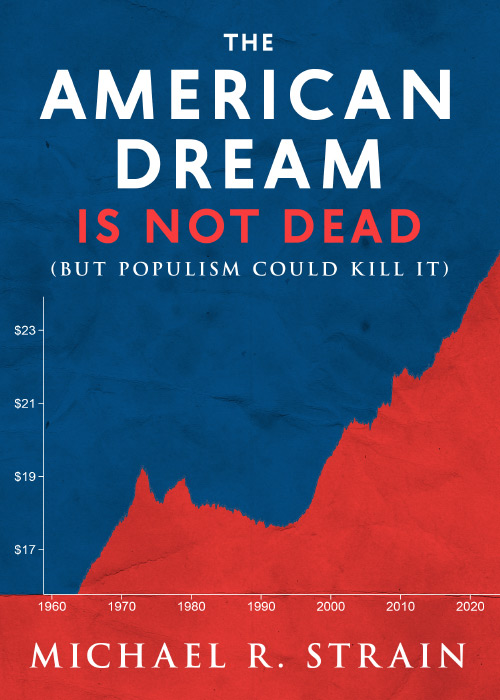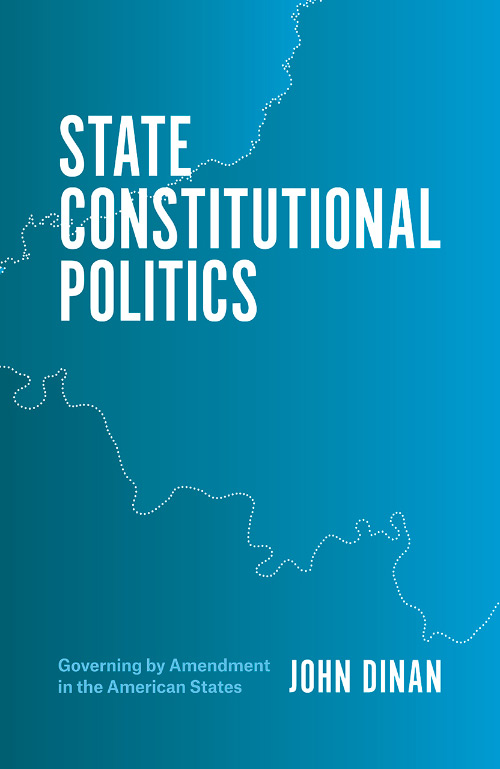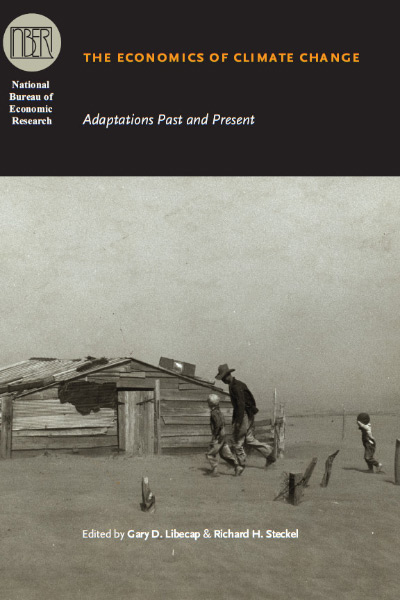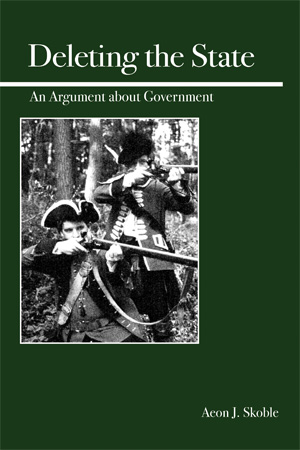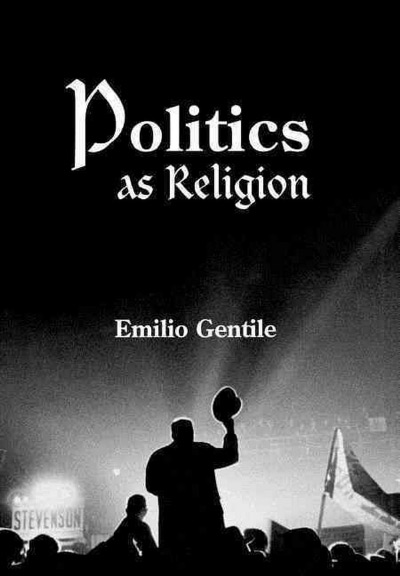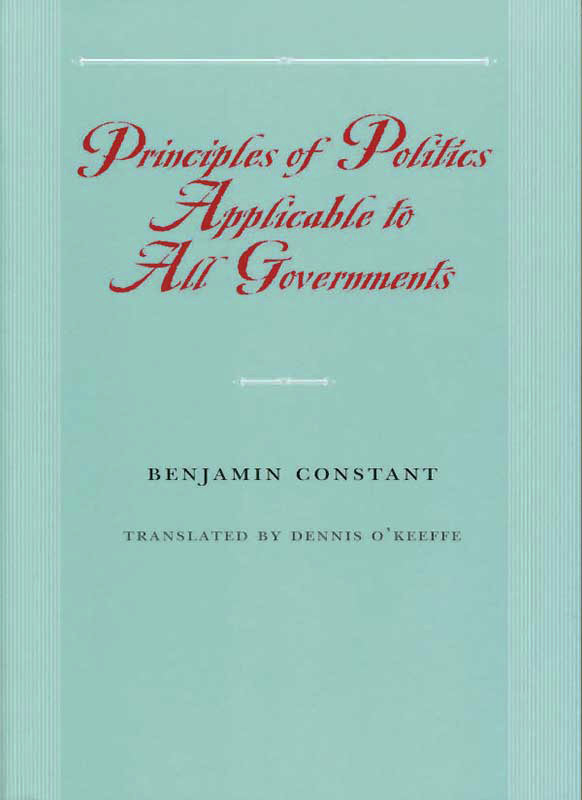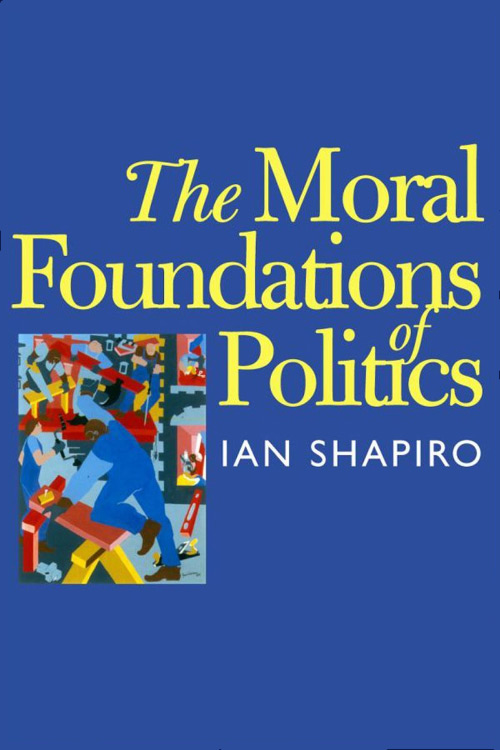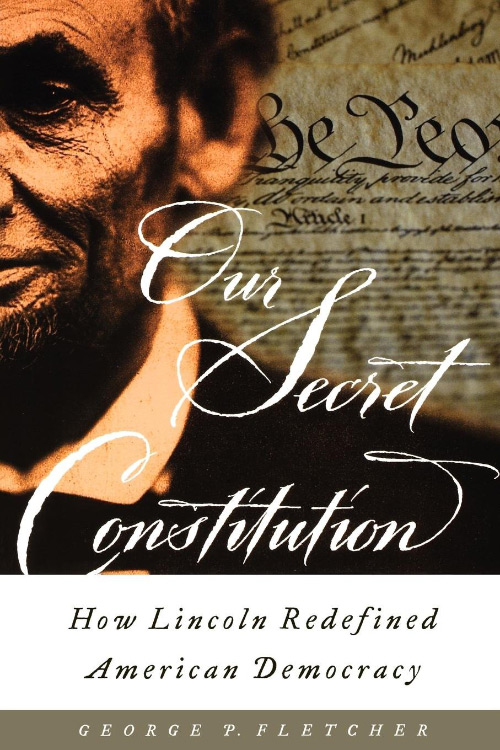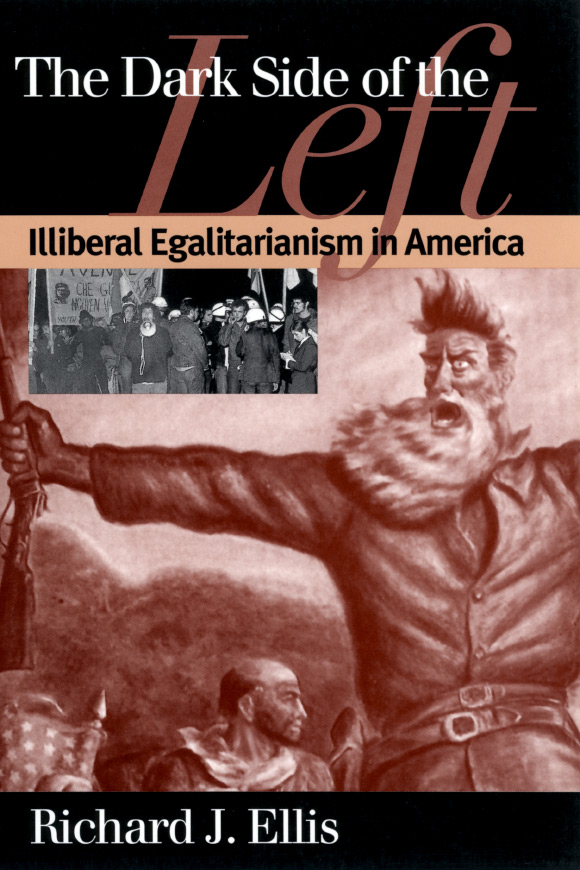Some scholars criticize the Public Choice approach for being too pessimistic about government (generally) and democracy (in particular). But James Buchanan, one of the founders of Public Choice, thought that democracy was not just useful, but indispensable for a prosperous and free society. In fact, he characterized Public Choice as conceiving of “politics as exchange” as the ideal system of government, and constitutional democracy was the institutional foundation of that system. Buchanan thought the democratic Leviathan should be harnessed, not caged.
Randall Holcombe—perhaps because he is James Buchanan’s student—has a simlar love/hate relationship with democracy as a process of discovery and governance. In Political Capitalism: How Economic and Political Power Is Made and Maintained (New York: Cambridge University Press, 2018, which I reviewed in this journal’s Winter 2020/21 issue), Holcombe identified a direction of development for “political capitalism” where the system of “exchange” results in substantial rents to corporate actors and political elites, but at the cost of dissipating more than all the benefits created in bidding over the right to rewrite the rules. Political capitalism is not a mixed system, but rather a robust (though pathological) system for organizing society.
The previous work left open the question of why voters would tolerate such a system, however, since it should be possible to “run against” political capitalism on the campaign trail. If it is really true that voters as a group are (much) worse off, then electoral remedies should be forthcoming.
To be fair, there were elements of this kind of counterrevolution in the administrations of both Ronald Reagan and Bill Clinton, though in both cases there was more rhetoric than action. But since around 2000 there has been no serious debate over the continued devolution toward political capitalism, only squabbles over which group of elites gets to name the resident of the Oval Office.
Holcombe offers an explanation that is both well known and disconcertingly radical. It’s disconcerting because he takes some pains to spell out the implications of some already widely accepted theories, and in doing so shows that there is a real problem with democracy in the U.S.
Spatial Theory, Expressive Voting, and the Causation of Ideology
In addition to “politics as exchange,” Public Choice is usually characterized as requiring “methodological individualism” and “behavioral symmetry.” These axioms mean that individual choice is the building block of any claims about aggregate effects, and that people’s motivations are taken to be prior and largely fixed, though of course incentives and institutional setting can make a big difference in the behavior observed.
What I mean by prior is that people come to choice situations with their preferences already formed. In this, Public Choice hews to the requirements imposed by the “Becker rule,” which says that any economic approach is “the combined assumptions of maximizing behaviour, market equilibrium, and stable preferences, used relentlessly and unflinchingly” (Gary Becker, 1976, The Economic Approach to Human Behavior; Chicago: University of Chicago Press, p. 5). The claim that preferences should be taken as prior, and fixed, is not empirical, but is rather a discipline to block resort to the easy, and overly powerful—because it explains everything—claim that observed variation is driven by changes in preferences.
This approach to specifying preferences in market settings proved very fruitful, and the original attempts by Public Choice scholars to specify preferences in political settings used the established template. Anthony Downs (1957, An Economic Theory of Democracy; New York: Harper-Row) and Duncan Black (1958, The Theory of Committees and Elections; New York: Cambridge University Press) used fixed, exogenous preferences in a single dimension. Otto Davis, Melvin Hinich, and Peter Ordeshook (1970, “An Expository Development of a Mathematical Model of the Electoral Process,” American Political Science Review 64:426–48) extended the one-dimensional model to arbitrarily many dimensions, allowing for differences in salience and nonseparability as important generalizations that allowed considerable flexibility in the scope of the preferences that could be represented accurately.
This approach has proven extraordinarily powerful in applications to “committee voting,” the setting where the electorate is small and well informed, and turnout is full. But the spatial model has been (much) less successful in helping us to understand mass elections, where the number of voters is large, many voters may be poorly informed, and turnout may be spotty. (For a review of both committee voting and mass election voting models, see Michael Munger and Kevin Munger, 2015, Choosing in Groups: Analytical Politics Revisited; New York: Cambridge University Press.)
One important reason for the divergence in explanatory power, and perhaps in the applicability of the model itself, is the importance of “expressive voting” in mass elections. As Alex Schuessler (2000, “Expressive Voting,” Rationality and Society 12, no. 1, 87–119) notes, Downs himself had noted from the outset that there might be “other” motives for participating besides the task of deciding on the objectively “better” candidate and then casting the implied vote. Geoffrey Brennan and Loren Lomasky (1993, Democracy and Decision: The Pure Theory of Electoral Preference; Cambridge: Cambridge University Press) spell out the problem of expressive voting as a kind of “free riding”: since in any electorate of even a few hundred or more my vote has a negligible chance of determining the outcome, my preferences over the expressive act of voting and my preference over outcomes is split into two different considerations.
There are many examples in political history. As Thomas Schaller and I argued (Michael Munger and Thomas Schaller, 1997, “The Prohibition-Repeal Amendments: A Natural Experiment in Interest Group Influence,” Public Choice 90:139–63), it appears that a substantial number—not a majority, but the decisive plurality—of “supporters,” especially men, of Prohibition actually opposed the policy. Either they never thought it would pass or recognized that its passage was inevitable and took “credit,” perhaps from their wives or girlfriends who honestly supported the measure. The passage of Brexit, the election of Donald Trump, and many other “surprise” outcomes may be partly explainable in terms of the Brennan-Lomasky free-riding calculus.
But that is already established. Holcombe’s contribution is to take that argument seriously and to follow the thread of argument to a provocative conclusion: Suppose that politics really does take place in the reduced-dimensional space of values and ideology, just as Downs-Hinich-Munger argue. Is it really plausible to think that voters become sufficiently well informed about specific policies in the n-dimensional world of budget line items and regulatory rulemaking to model the direction of causation “from” policy “onto” ideology, as Downs argued? That would have the advantage of satisfying the Beckerian requirement of making preferences prior, exogenous, and stable. But that would neglect Becker’s motivation for imposing the stable preferences rule in the first place, because it forces the modeler to investigate simpler and more plausible immediate explanations. In the case of economics, those are changes in relative prices and income.
In politics, though, there is a simpler and more verisimilous model suggested by “rational ignorance” (Bryan Caplan, 2007, The Myth of the Rational Voter: Why Democracies Choose Bad Policies; Princeton: Princeton University Press) and the notion that “choice” takes place in “the basic space” of values and ideology (Peter Ordeshook, 1976, “The Spatial Theory of Elections: A Review and Critique,” in Party Identification and Beyond, edited by Ian Budge, Ivor Crewe, and Dennis Farlie; New York: Wiley). But it requires a reversal in the direction of causation; the Downs-Hinich-Munger model turns out to be wrong in unreflectively applying the “fixed preferences” approach starting with n-dimensional policy orderings.
Now, I had already concluded that the “direction of causation” should be the reverse (Michael Munger, 2020, “Ideology and the Direction of Causation in the Acquisition and Maintenance of Shared Belief Systems,” Kyklos 73, no. 3, 392–409). But as far as I know Holcombe is the first to draw out the implication of expressive voting and preferences in the basic (ideology) space: “preferences” in the policy space are not only not fixed, they are induced by the positions taken by political elites, and strongly influenced by political rhetoric and “This election is about _____” kinds of messages. That is what Professor Holcombe is suggesting here and, I think, rightly. Voters are attracted to candidates, or parties, for complex reasons, and maybe not good reasons, for them or for society. But the fact that the vote I “express” has no effect on the outcome means that a substantial number of voters, enough to decide the outcomes in a closely divided electorate, “follow their leaders,” or adopt the policies of the leaders that appeal to them for superficial reasons.
This places us in the world of Max Weber’s “charismatic leaders,” leaders who are followed because of the (perceived) force of their will, personality, and persuasiveness in purely rhetorical rather than rational terms. George Washington was a charismatic leader; so was Adolf Hitler. As Weber (1922/2013, Economy and Society; Berkeley: University of California Press) pointed out:
An ingenious pirate may be a charismatic ruler, and the charismatic political heroes are [also] out for booty—especially, money. The point is that charisma rejects as undignified all methodical rational acquisition, in fact, all rational economic conduct. (p. 1113, emphasis added)
The charismatic leader is followed because of who he or she is, or seems to be, not because the platform the leader proposes corresponds to the prior, exogenous, and fixed spatial preferences of the mass electorate. In fact, the mass electorate adopts the platform that the charismatic leader creates for them. The leader is chosen first, in the basic-value space of charismatic appeal, and only then do voters adopt policy preferences.
It is worth pointing out that this process is not true for all voters, and likely not even for most voters. Many voters acquire partisan or policy views through a process very like that spelled out by Downs, and well accounted for by standard spatial theory. But a plurality of voters “follow their leaders,” just as Holcombe argues. Again, if the “rational spatial voters” are closely divided in partisan loyalties, the “follow their leader” voters will often, and perhaps usually, be the deciding bloc.
The ultimate question, of course, is: “What does all this mean for the viability of democracy?” As Holcombe rightly points out (chapter 10), the U.S. is not a democracy, and neither are the other advanced liberal nations. All the “democratic” systems that survive are actually constitutional republics, with some forms of separation of powers and “checks and balances.” The problem comes when enthusiastic citizens “following their (charismatic) leaders” crash into these constitutional barriers, which most see simply as impediments for accomplishing their noble and even sacred goals. (They know that the goals are noble and sacred because their pirate leaders have told them so!) The impulse is to dismantle the constitutional system of checks and balances.
That seems to me like a pretty apt description of the course of U.S. political history since 1960. And the process of demolishing the Constitution is accelerating. I make no partisan claim here; the aggressive domestic spying, lockdowns, and recreational foreign wars of George W. Bush elide smoothly into the “elections have consequences, and I won” solipsism of Barack Obama and Donald Trump’s rule by decree. The assertions of universal authority to exploit the pandemic “emergency” have brought us to the point where the dangers of “following our leaders” can no longer be denied. The only remaining question is whether it is already too late to restore a constitutional order.
| Other Independent Review articles by Michael C. Munger | ||
| Spring 2024 | The Origins and Evolution of Consumer Capitalism; Crack-Up Capitalism | |
| Winter 2023/24 | The Classical Liberal Diaspora | |
| Fall 2023 | Karl Mittermaier: Economic Theory vs. Reality | |
| [View All (79)] | ||


